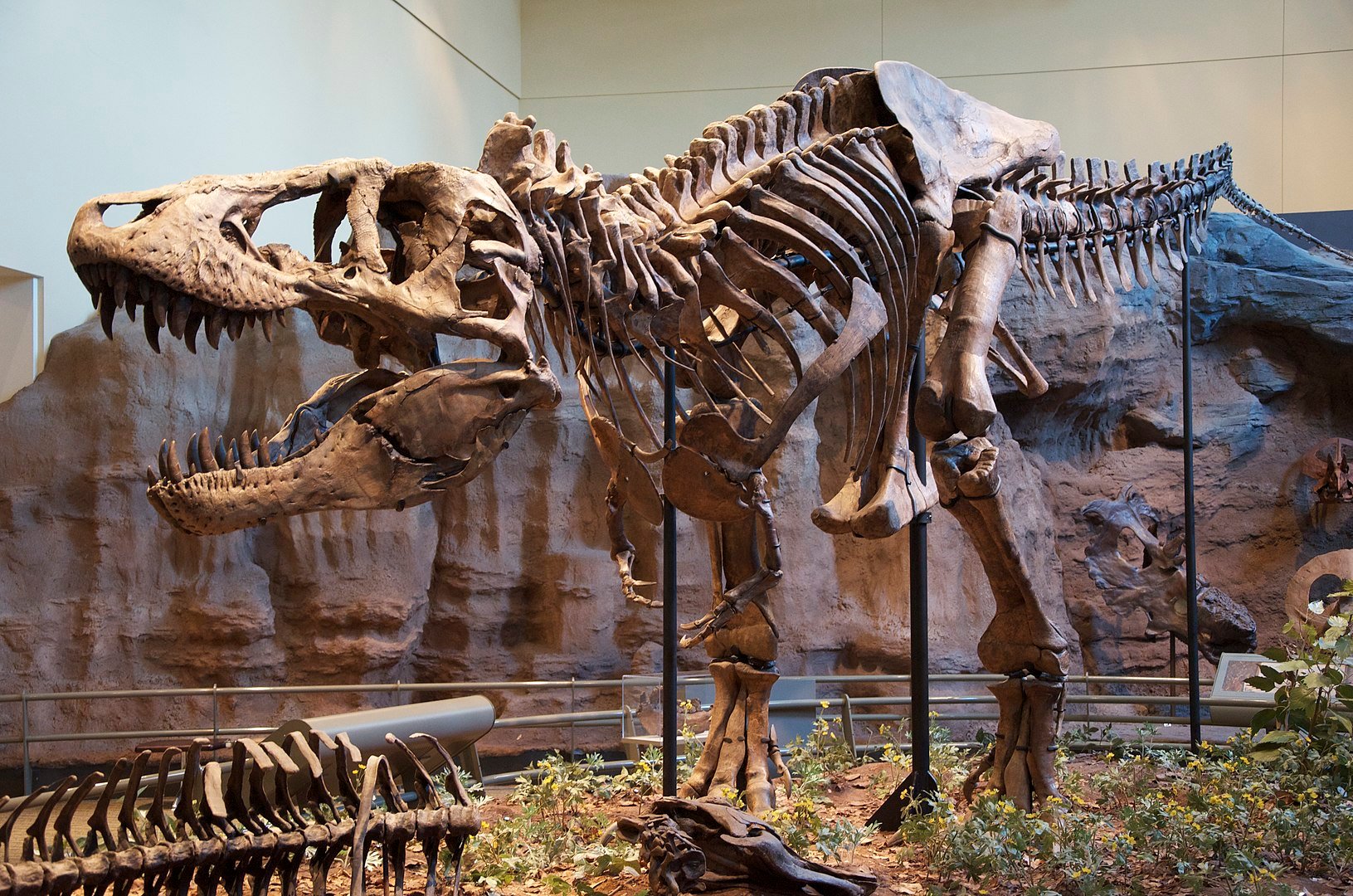

A trio of companies from the Netherlands, the UK, and the US has teamed up to create a new kind of leather—made from the king of the dinosaurs, the T. rex. The idea has sparked fascination, but scientists say don’t get too excited just yet.
The Organoid Company, a biotech startup in the Netherlands, is partnering with UK-based Lab-Grown Leather and the US marketing firm VML, which previously made headlines for producing a lab-grown “mammoth meatball.” Together, the companies announced plans to engineer a leather-like material using what they describe as a T. rex blueprint.
They claim the leather could offer a more sustainable and ethical alternative to traditional leather. According to a statement from VML, lab-grown leather avoids animal deaths, deforestation, and toxic chemicals often used in leather tanning. The team claims their product can equal the strength, texture, and durability of luxury leather goods.
However, scientific hurdles loom large. In their announcement, the companies said the leather would be made using T. rex DNA. That claim has raised eyebrows across the scientific community. No usable dinosaur DNA has ever been recovered, and experts say it likely never will be.
DNA is fragile and breaks down over time. The oldest DNA ever discovered—found in mammoth teeth—is roughly 1.6 million years old. The T. rex went extinct about 66 million years ago. That massive gap makes the survival of dinosaur DNA virtually impossible.
Luxury Handbags
and Fashion Made From #Dinosaur_Skins T-Rex
pic.twitter.com/LrmDYDslVf
— The 13th ١٣
Warrior (@strange16892330) April 27, 2025
Instead, the team says they’ll use fossilized T. rex collagen as a blueprint. Collagen, a protein found in skin and bone, is a key leather component. But like DNA, collagen degrades over time and is rarely preserved in fossils.
In 2007, one study claimed to identify fragments of T. rex collagen. However, many researchers later challenged the findings, suggesting the samples may have been contaminated with modern animal proteins. While newer studies hint that traces of collagen might survive in some fossils for up to 200 million years, such evidence remains rare and hotly debated.
Even if real collagen can be recovered, the team faces steep challenges. To recreate the ancient protein, researchers must determine its amino acid makeup and guess the genetic code that once produced it. They would likely compare it to proteins in chickens, considered the closest living relatives of dinosaurs.
If successful, the protein sequences would be inserted into lab-grown cells developed by The Organoid Company to produce the leather-like material. CEO Thomas Mitchell said, “By reconstructing and optimizing ancient protein sequences, we can design T. rex leather, a biomaterial inspired by prehistoric biology, and clone it into a custom-engineered cell line.”
At best, the final product may contain small fragments that resemble T. rex collagen, but whether or not that qualifies as true dinosaur leather is debatable.
Still, the project could draw attention and funding toward animal-free fashion alternatives. Even if the science doesn’t live up to the story, the publicity may help protect living animals from becoming luxury items.
